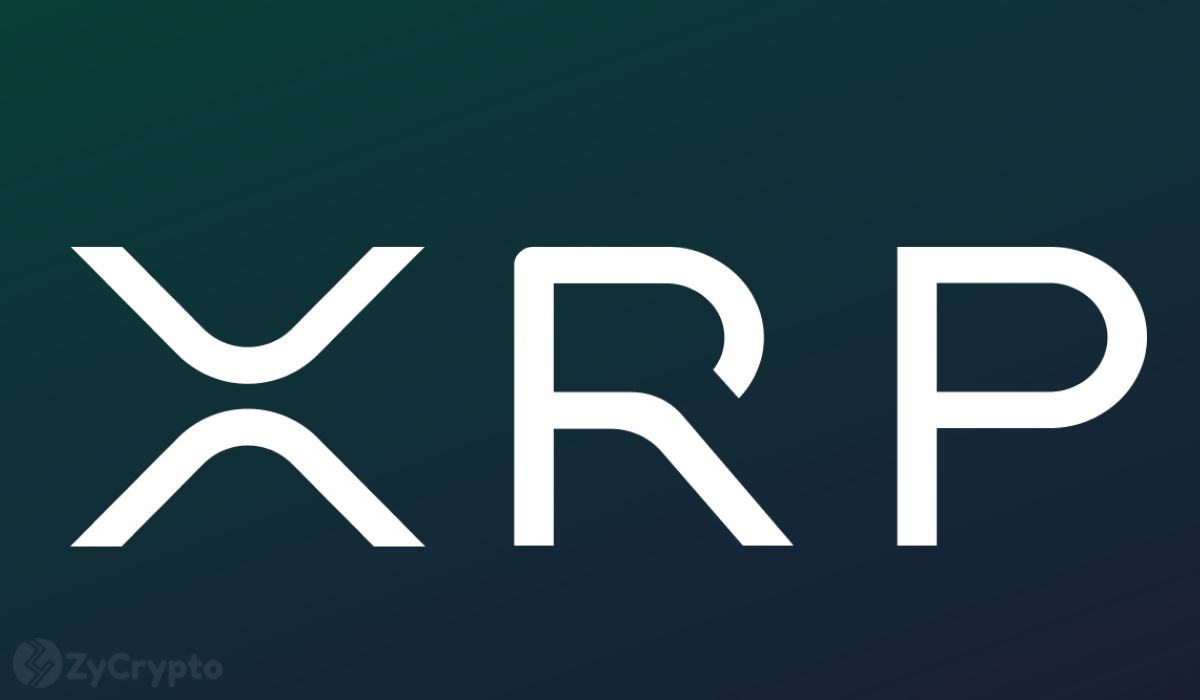ARTICLE AD BOX

Cellula has recently introduced a revolutionary programmable incentive layer that aims to tackle the issues of fair asset distribution and decentralization within the cryptocurrency industry. This innovative layer is built on the Ethereum Virtual Machine (EVM) ecosystem, marking a significant step forward. Cellula’s innovation lies in its virtual Proof-of-Work (vPOW) consensus mechanism, which integrates concepts from Conway’s Game of Life, Variable Rate GDAs Algorithm, and Game Theory to transform the distribution of digital assets and allocation of liquidity.
The crypto industry has been wrestling with the problem of “whales” for quite some time now. These whales, a select few individuals or entities, amass a significant portion of assets, resulting in market manipulation, decreased decentralization, and limited opportunities for smaller investors to participate. In addition, the distribution of traditional assets through methods like pre-mining has led to a concentration of ownership, which has had a negative impact on the fairness and accessibility of these ecosystems.
“We have grown weary of the war between the witches and the hunters,” said the Cellula team. “Cellula seeks to address these dual challenges by reintroducing the BTC Proof-of-Work mechanism to EVM-compatible networks, pioneering asset distribution and liquidity allocation guidance through virtual Proof of Work (vPOW).”
Cellula’s vPOW mechanism allows “BitLife” entities to have customized hashrates, giving them the opportunity to participate in a mining process that is both fun and rewarding. Cellula’s trio of cutting-edge algorithms drives this groundbreaking approach: Conway’s Game of Life for mining, Variable Rate GDAs (VRGDA) for pricing, and the Analysoor protocol for equitable distribution and liquidity guidance.
The mining algorithm used in Cellula’s on-chain entities, known as “BitLife,” is based on Conway’s Game of Life. This unique approach allows for the dynamic evolution of these entities, mirroring the natural life cycles and facilitating the development of advanced AI within the blockchain. This mining process is designed to incentivize participants to come up with better strategies to earn more block rewards. It creates a competitive atmosphere where only those truly dedicated are rewarded.
Pricing Algorithm – Variable Rate GDAs – Introducing a Dynamic Pricing Model for NFT Distributions: VRGDA adjusts asset prices in response to market demand, ensuring a fair distribution of assets even in markets with low liquidity. This dynamic pricing model promotes wider participation and a more equitable distribution, preventing the concentration of assets in the hands of a few.
Consensus Algorithm – Analysoor – Ensuring Equitable Asset Distribution and Providing Liquidity Guidance: Analysoor is a protocol on Solana that utilizes block hashes as a random number generator to ensure the fair distribution of NFTs and tokens. Unlike traditional models, it offers fixed-cost “block lottery tickets” for participation, which helps avoid high GAS fees and bidding wars. The block hash of each ticket transparently determines the winners, ensuring fairness for all users and preventing any advantage based on financial power. The transaction fees generated by the lottery are utilized to infuse liquidity into emerging assets, thereby fostering the expansion of the ecosystem. Integrating Analysoor with vPOW offers a more equitable distribution of assets and improved guidance for allocating liquidity.
“Cellula’s vPOW mechanism is truly a game-changer,” explained the Cellula team. “By seamlessly integrating these cutting-edge technologies, we have created a programmable incentive layer that is poised to reshape the future of decentralized finance and on-chain participation.”
Cellula stands out with its unique permissionless nature. The vPOW mechanism enables any participant (miner) in the network to potentially earn rewards by minting and charging Bitlife without relying on a central authority to allocate resources. This approach promotes a more inclusive and transparent asset distribution process, encouraging wider decentralization and accessibility.
Transparency is a fundamental aspect of Cellula’s design. Recording all algorithms and asset distribution processes on-chain allows for easy verification and review, enhancing the system’s transparency and credibility.
“Cellula is poised to usher in a new era of on-chain participation and value creation,” said the Cellula team. “By seamlessly integrating these innovative technologies, we are redefining the way assets are distributed and liquidity is allocated, paving the way for a more equitable and decentralized crypto ecosystem.”
Cellula has a comprehensive approach to tackling the challenges of asset distribution and decentralization. It aims to revolutionize how the crypto industry deals with these critical issues. As the project grows and broadens its scope, it remains a symbol of optimism for a future where equitable and transparent asset distribution becomes the standard rather than the anomaly.
.png)
 3 months ago
5
3 months ago
5








 English (US)
English (US)